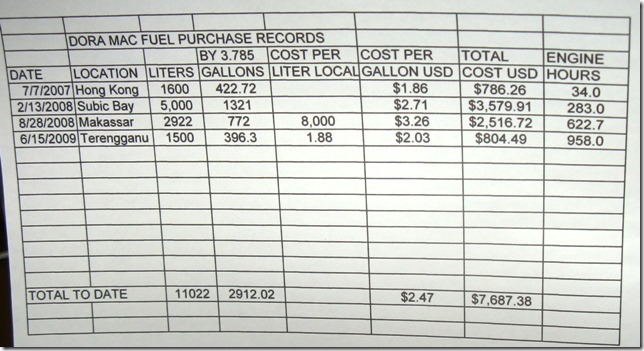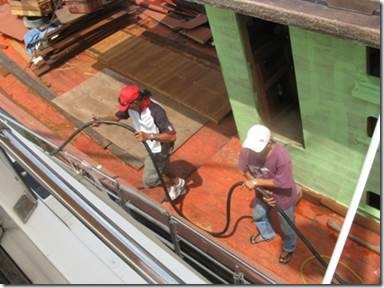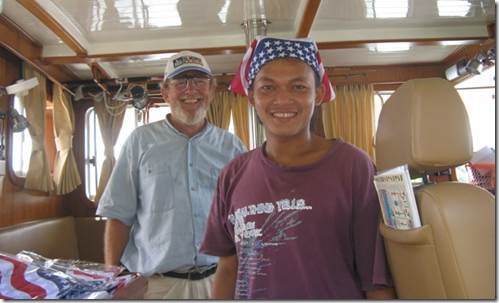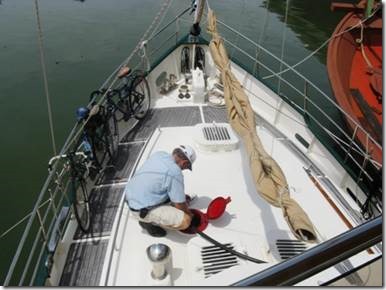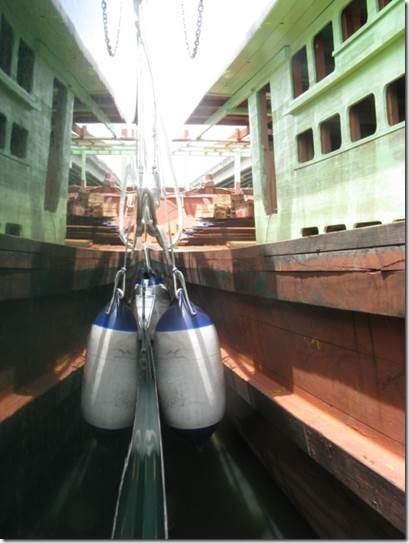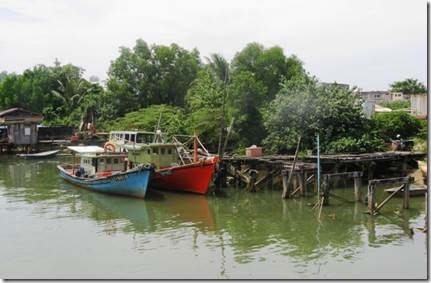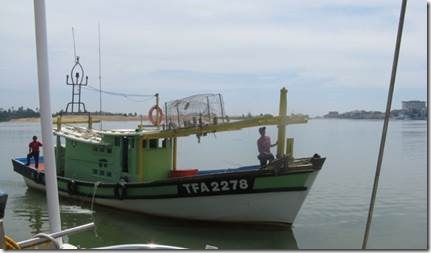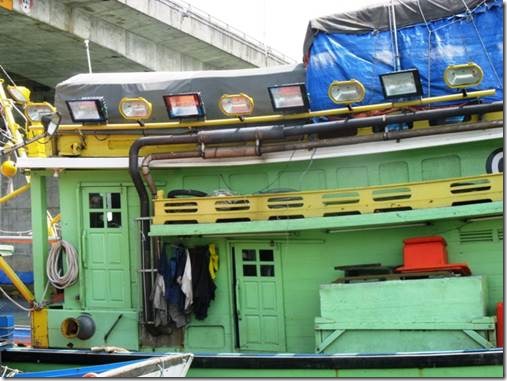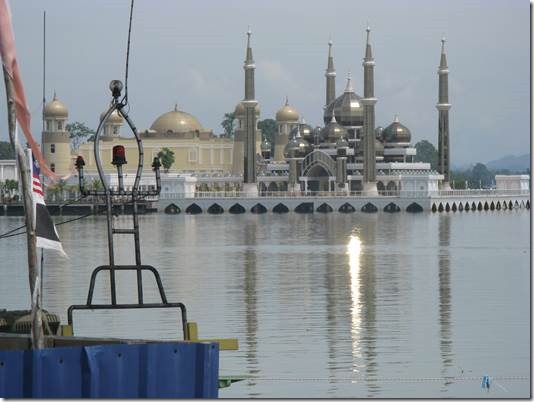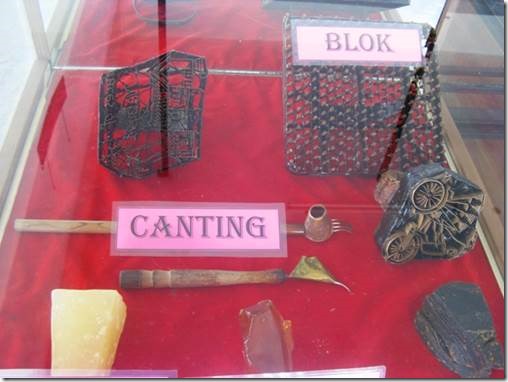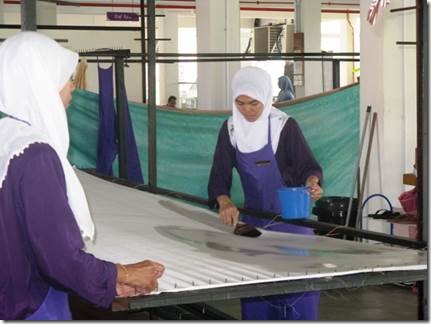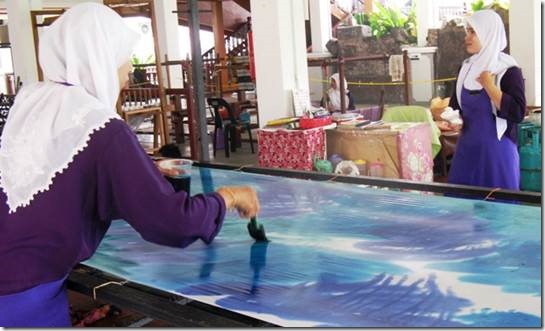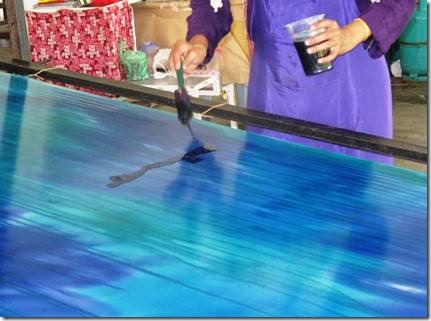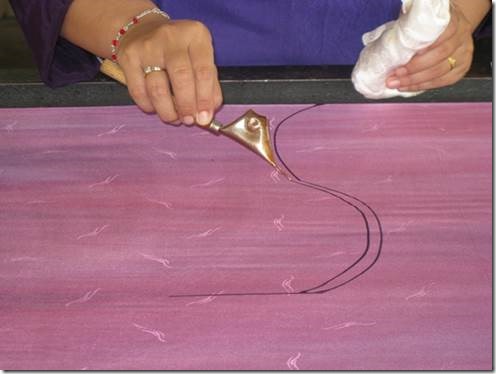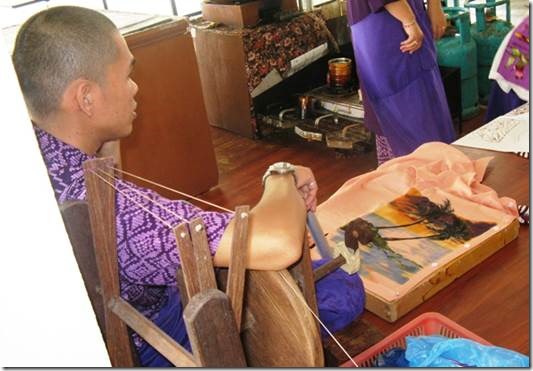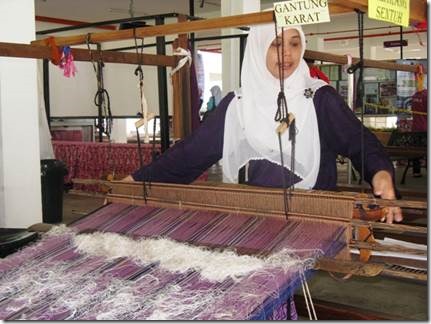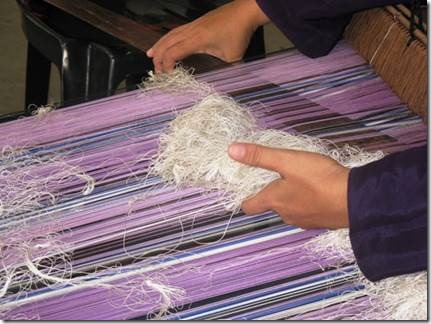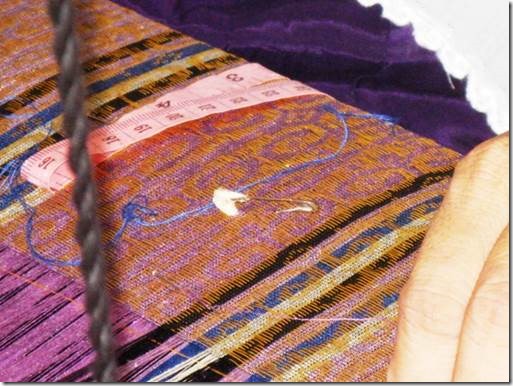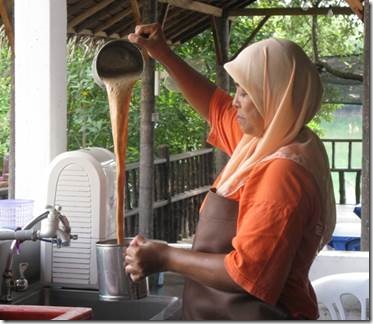Heritage Bay Marina
Terengganu, Malaysia
Hi All,
It just took me about 47% of my battery to attach this email. Hope it goes! We’re off to Radang Island tomorrow as are most of the Sail Malaysia cruisers. Will email again when I can. I might try to send the Batik email if my battery lasts. I am over at the marina office.
Ru
DoraMac
Fueling the Boat
The price was right and the fuel dock was just down the river. So Monday Randal and I went to fill up. Hashim, one of the marina supervisors came with us. We got 1500 litres @ 1.88 ringits per litre (393.3 gallons @ $2.03 US per gallon = $804.49 ) Only Hong Kong, back in July 2007, was cheaper. The most we have ever paid at one time was in Subic Bay. We took on 1,321 gallons and paid a total of $3,579.91. The most we paid per gallon was in Makassar in August of 2008 where we paid $3.26 per gallon. Divide the amount of fuel we had bought prior to our Terengganu purchase over the time cruising so far and it equals about $182 US per month. Randal says that’s not really the way to do it, but it does give you an idea after I write that we just put $804 of diesel into the boat. I wouldn’t want anyone to think we do it very often. We burn about 1 and 2/3 gallons per hour. We also burn fuel when we run the genset at anchor to charge the batteries.
Maybe this spreadsheet will make things clearer.
There were other boats at the fuel dock so we pulled alongside and tied ourselves to one. Hashim is in the red hat. The fuel worker in the white hat came aboard DoraMac for a tour.
I don’t know his name, but he was 22 and not married. He said he needed to earn money first. Smart young man! He was polite and helpful too. Randal made a flag bandana hat for him.
The fuel intake has a red cover so there is no mistaking it with something else. You can see our bow line leading from DoraMac to the one we are tied to. I had to throw the line and hope I didn’t mess up because we really didn’t have time for a second try. There are no brakes on a boat.
We’re the boat on the left!!!!
I really had a hard time interpreting this photo, but the real green and brown fishing boat is the one on the right. The image of the boat on the left is all reflected from our boat. Even the blue and white fender on the left is a reflection. The green paint on DoraMac is reflecting back all of that color…pretty amazing to me.
The bank of the Terengannu River.
A fishing boat going by.
See all of the lights? They are used for night fishing to attract the fish to come to the surface. When we make night passages you can see the lights from miles away even. With our radar set for 3 miles, you don’t see the boats on the radar but you see their lights. Makes me nervous though I am getting better at trusting the radar. The bridge at the top of the photo is the one we ride over to get to town. On the other side of the bridge is the Crystal Mosque.

